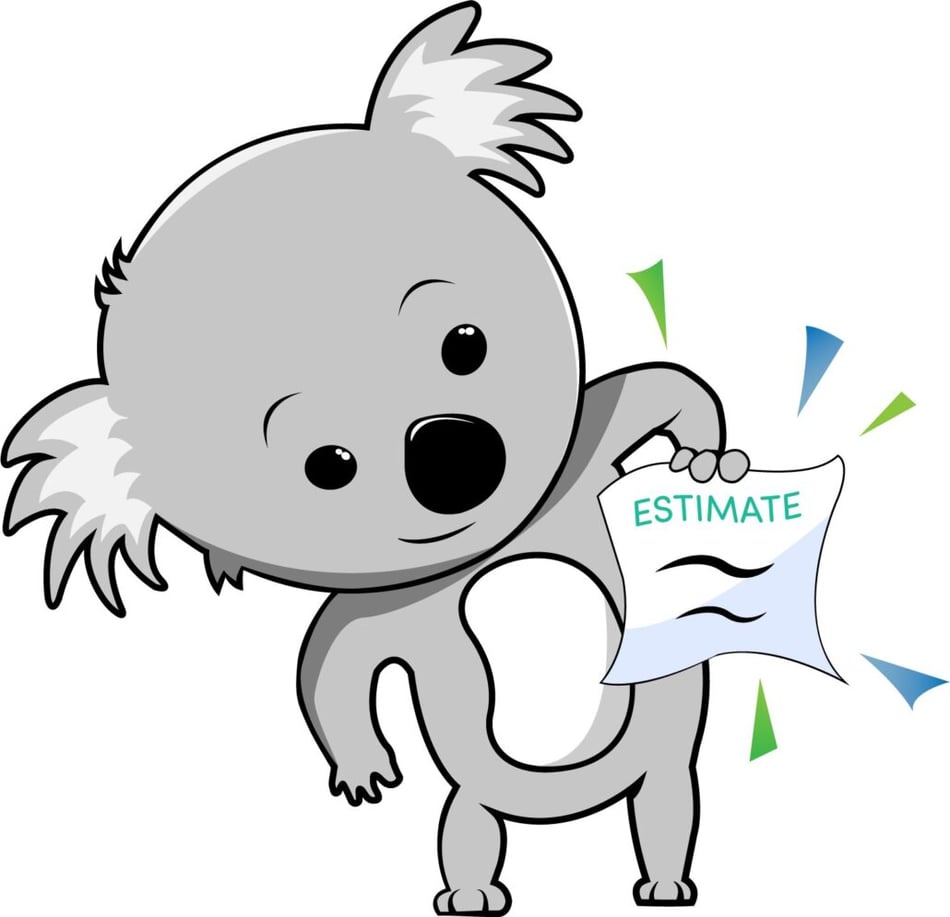Southeast Denver Insulation Installation Experts
Improve your home's energy efficiency and comfort with professional insulation installation in Southeast Denver. Count on Koala Insulation of Southeast Denver for dependable, budget-friendly insulation services that protect your investment and deliver real results.
<?php
$button_code = get_field('housecall_pro_button_code');
if ($button_code) {
echo $button_code;
}
?>


Spray Foam Insulation Southeast Denver
Spray Foam is a two-part product that is heated and then is sent through a hose into the stud cavity, where it hardens in a matter of seconds and creates a long-term barrier that keeps your home comfortable and energy efficient.

Blown In Attic Insulation Southeast Denver
Consisting of small pieces of insulation, this type of insulation can quite literally fill every nook and cranny of a space and create an uber-fluffy layer of effective insulation. Our technicians ensure your attic, wall and ceiling cavities are filled correctly and without gaps or voids.
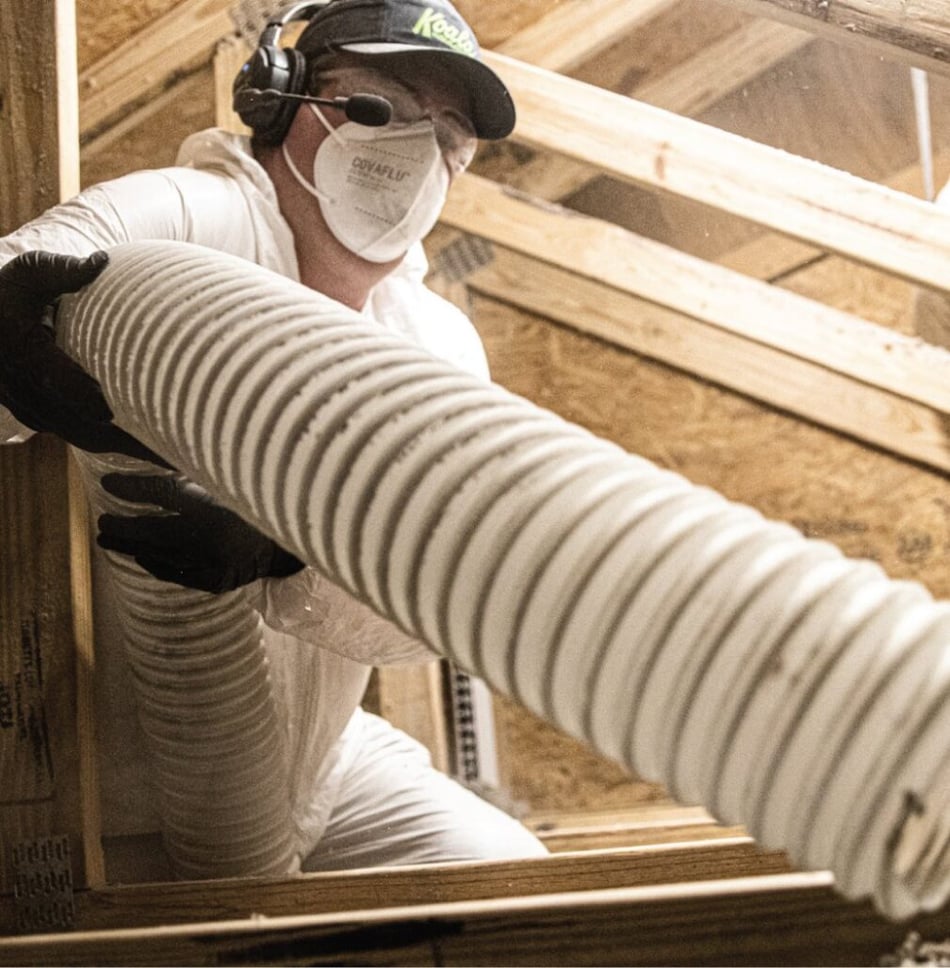
Insulation Removal Services Southeast Denver
If you’re experiencing moisture damage, pests, mold, diminishing efficiency, or other problems, we’ll remove existing insulation, and sanitize and deodorize the areas.

Batt Insulation Installation Southeast Denver
One of the most recognizable forms of insulation. Batt comes in large rolls or pre-cut sections that are typically pink or yellow in color. These are installed in sheet form and laid out between the studs in walls, floors, and attics.
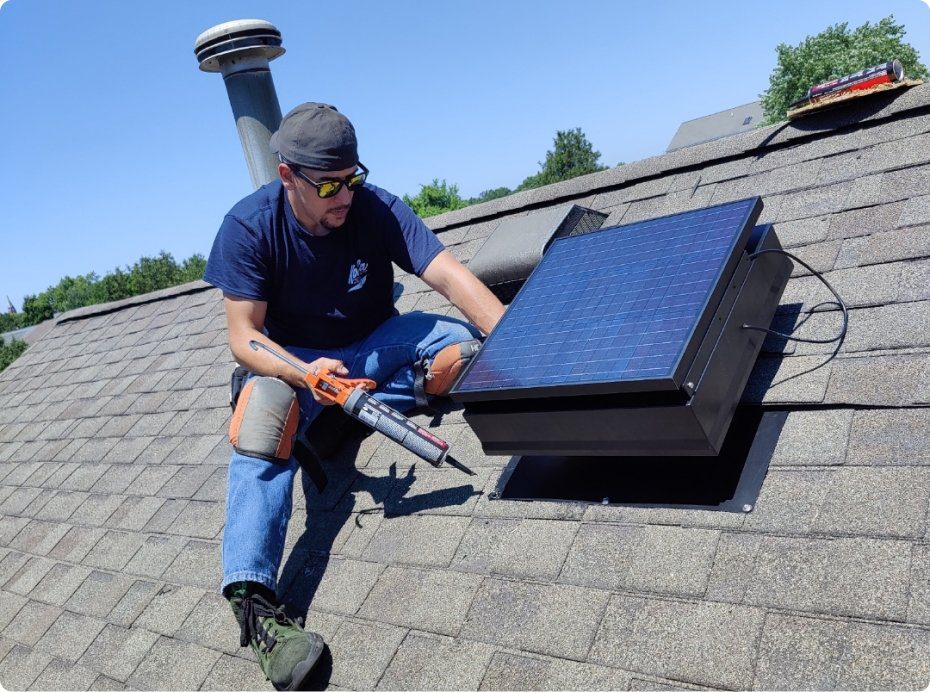
Solar Attic Fans Southeast Denver
Solar attic fans turn your attic into a livable space by pushing hot air out and pulling cool air in. Our fans use solar energy to keep your attic at a comfortable temperature year-round.

Air Sealing Service Southeast Denver
We identify and seal leaks letting air in and out of your home to reduce unwanted temperature loss or gain.

Crawl Space Encapsulation Southeast Denver
Keep your crawl space dry and your floors warm with vapor barrier crawl space insulation that helps you save energy.
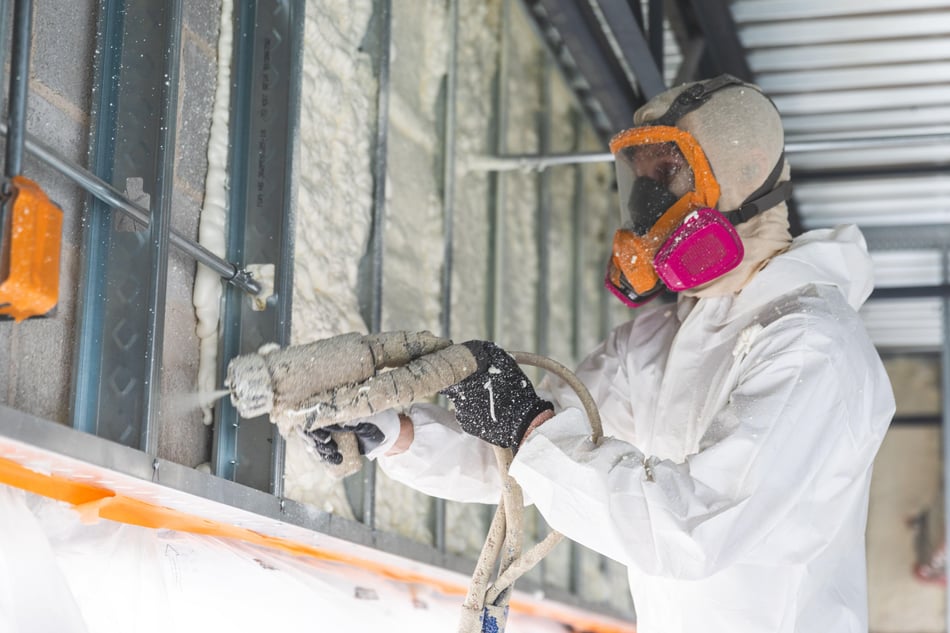
Commercial Insulation Services Southeast Denver
Give your workspace a boost with our commercial insulation services. Whether you’re upgrading an office, retail space, or industrial facility, we’ve got solutions that fit your needs. Our goal is to help you create a comfortable space while cutting down on energy costs, so you can focus on what you do best.
Your Go-To Insulation Pros in Southeast Denver
Locally owned and operated in Southeast Denver, Koala Insulation combines expert guidance with premium materials to upgrade the way your home feels year-round. We care about your comfort—and we’re here to help with friendly service, proven solutions, and dependable results.
Koala Insulation Of Southeast Denver
Koala Insulation provides top-notch insulation services in Denver, Littleton, and Aurora, Colorado. We can help you reduce your energy costs, stabilize the temperatures inside, and give you a more eco-friendly home. Our services are designed to keep you cool in summer, warm in winter, and stress-free about your energy bills.
If sweltering heat or biting cold is making your home uncomfortable, or if you’ve noticed your energy expenses creeping higher than expected, it might be the right time to call Koala Insulation. Our team of skilled insulation experts is ready to deliver quick and efficient solutions that will help improve your home’s comfort and efficiency.
Koala Insulation is nationally recognized as the highest-rated insulation company, committed to delivering quality-driven and competitively priced services. Our comprehensive offerings include Blow-in, Spray Foam, and Batt Insulation, as well as Attic Fans, Air Sealing, Insulation Removal, and Builder Services. We guide you through the selection process and deliver top-notch installation services of the best insulation for your specific needs. We respect your time and treat your home like it is our own.
Explore the possibilities with Koala Insulation and see how addressing poor insulation can improve your home’s comfort and efficiency while also contributing to long-term energy savings and environmental protection.
- Read more
Causes of Poor Insulation
Buildings may be poorly insulated for several reasons. Insulation doesn’t last forever, so it could simply be too old. Water damage from roof leaks or humidity issues also lowers the effectiveness of insulation, as can pest infestation.
You can count on our team for tailored solutions that tackle the specific issue at hand.
Koala’s Array of Insulation Services
We design the proper insulation plan for your specific project to ensure lasting results. During our free consultations, we’ll determine the best options for your situation. You can count on Koala Insulation for:
- Attic Insulation: Enhance energy efficiency overall and maintain a better temperature.
- Crawl Space Insulation: Manage moisture and improve energy conservation.
- Spray Foam Insulation: Seal weather out in attics and crawl spaces.
- Blow-In Insulation: Get a seamless insulation layer in tight and challenging spaces.
- Insulation Removal: Remove old or damaged insulation to allow for efficient upgrades.
With our state-of-the-art installation techniques, our solutions will keep you comfortable year-round.
Why Choose Koala Insulation of Southeast Denver?
Maximize your comfort while minimizing your energy output. Koala Insulation in Southeast Denver, CO, is a specialist in attic insulation and all other types of insulation to meet any property’s needs. We maintain tight industry standards to give you top-quality, tailored insulation services that fit your property’s needs.
Koala offers solutions for every price point. Our fair and transparent pricing system means no hidden fees and upcharges. We offer the comfort you want at a price you can afford.
Get Started with Your Free Consultation
Retrofitting an existing structure? Building something new and looking for insulation? Begin your process with a free consultation to assess your property’s unique insulation needs to help you stay comfortable in any season.
Call us to improve comfort and energy efficiency at your home with the best insulation contractors in Southeast Denver, CO.
Causes of Poor Insulation
Buildings may be poorly insulated for several reasons. Insulation doesn’t last forever, so it could simply be too old. Water damage from roof leaks or humidity issues also lowers the effectiveness of insulation, as can pest infestation.
You can count on our team for tailored solutions that tackle the specific issue at hand.
Koala’s Array of Insulation Services
We design the proper insulation plan for your specific project to ensure lasting results. During our free consultations, we’ll determine the best options for your situation. You can count on Koala Insulation for:
- Attic Insulation: Enhance energy efficiency overall and maintain a better temperature.
- Crawl Space Insulation: Manage moisture and improve energy conservation.
- Spray Foam Insulation: Seal weather out in attics and crawl spaces.
- Blow-In Insulation: Get a seamless insulation layer in tight and challenging spaces.
- Insulation Removal: Remove old or damaged insulation to allow for efficient upgrades.
With our state-of-the-art installation techniques, our solutions will keep you comfortable year-round.
Why Choose Koala Insulation of Southeast Denver?
Maximize your comfort while minimizing your energy output. Koala Insulation in Southeast Denver, CO, is a specialist in attic insulation and all other types of insulation to meet any property’s needs. We maintain tight industry standards to give you top-quality, tailored insulation services that fit your property’s needs.
Koala offers solutions for every price point. Our fair and transparent pricing system means no hidden fees and upcharges. We offer the comfort you want at a price you can afford.
Get Started with Your Free Consultation
Retrofitting an existing structure? Building something new and looking for insulation? Begin your process with a free consultation to assess your property’s unique insulation needs to help you stay comfortable in any season.
Call us to improve comfort and energy efficiency at your home with the best insulation contractors in Southeast Denver, CO.
Ready to start your insulation project? Get a FREE quote from your local Koala Insulation team today.






energy efficiency










see the
Koala Difference


Eco-Friendly Solutions
We offer green insulation options that help reduce your carbon footprint and boost your home’s energy savings.

Quick and Professional Service
We value your time and comfort, offering efficient services while treating your home with car. We promise to leave your space in better condition than we found it!
Custom-Tailored Services
Every home is unique, and we provide personalized solutions that fit your specific insulation needs.

Local Commitment
As a locally-owned business, we’re dedicated to serving our community with top-quality services and a friendly, personal touch.
In 5 Easy Steps






Reputation Built on Comfort and Quality
Homeowners across Southeast Denver rely on Koala Insulation for honest advice and high-quality insulation solutions. We show up on time, respect your space, and follow through on our promises—earning us hundreds of five-star reviews throughout Southeast Denver.
Insulation Services for Southeast Denver and the Surrounding Region
At Koala Insulation of Southeast Denver, we make insulation simple and stress-free for local homeowners. Our team is committed to reliable service, timely installs, and unmatched customer care. Just read our reviews and see why Southeast Denver trusts Koala for top-tier insulation work.

Enhanced Comfort
Stay cozy inside, no matter the weather outside.

Energy Savings
Save on your energy bills while keeping your home comfy all year.
Reduced Noise
We use top-quality insulation to give you lasting results.

Eco Friendly
Choose insulation that’s better for your home and the planet, such as solar-powered attic fans.
Exclusive Local Offers
Free Insulation Assessment
Services Areas
Get a quote


